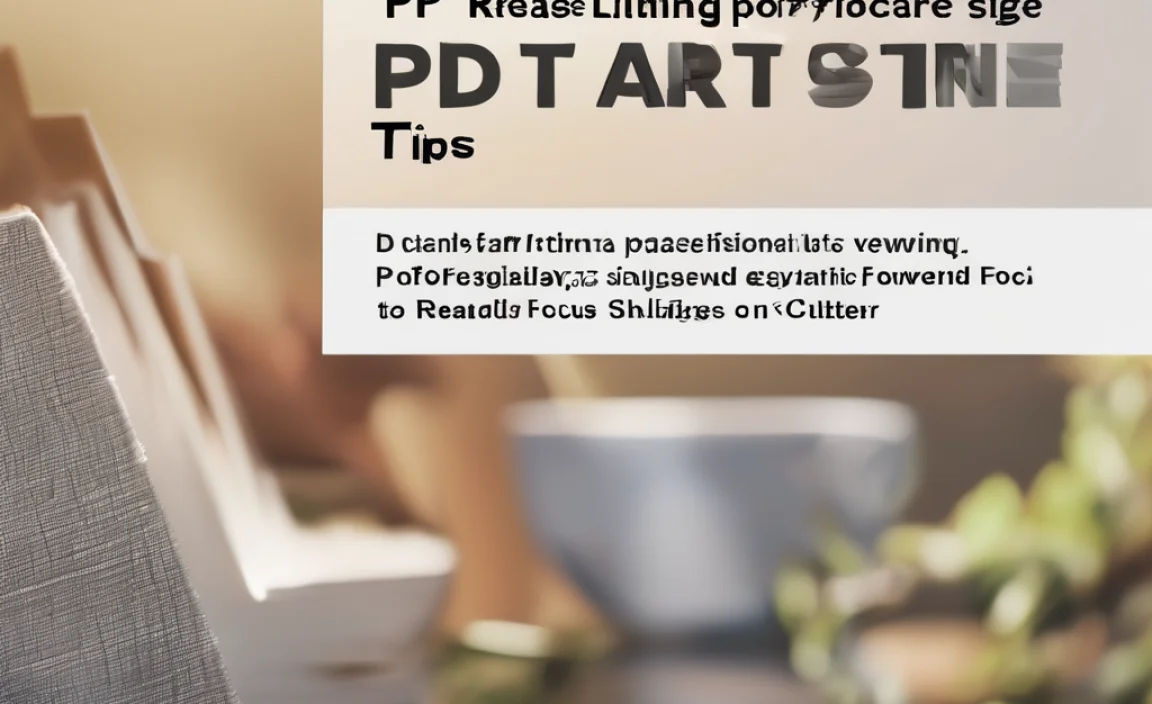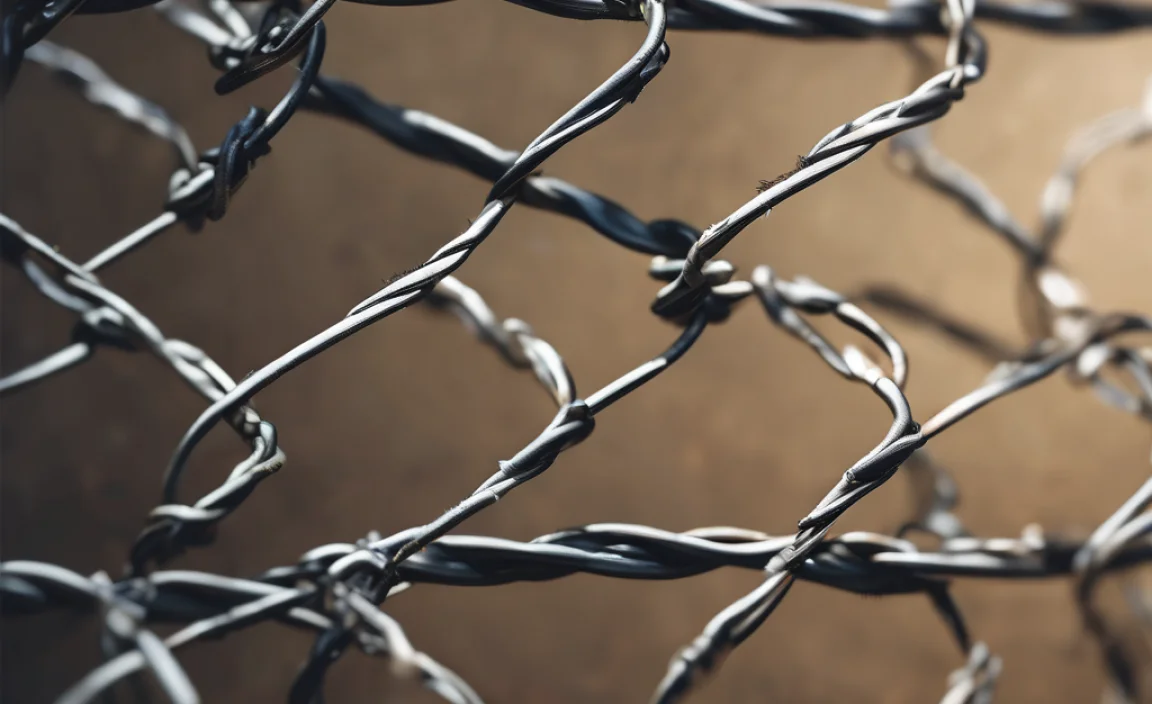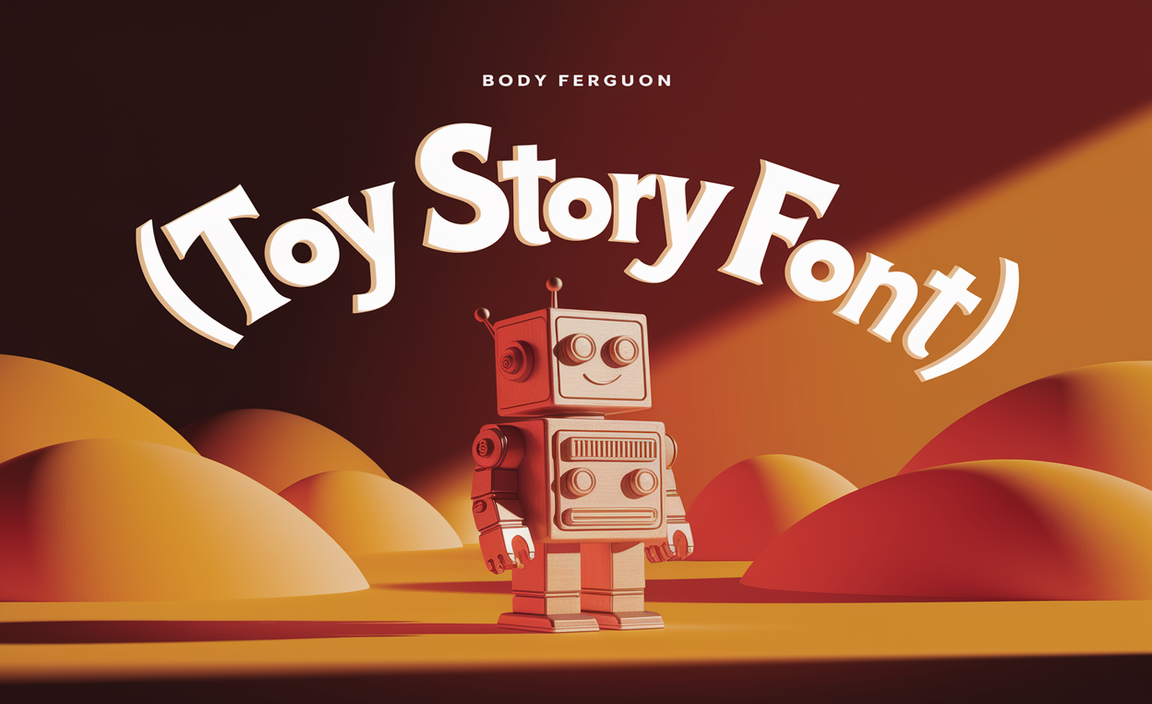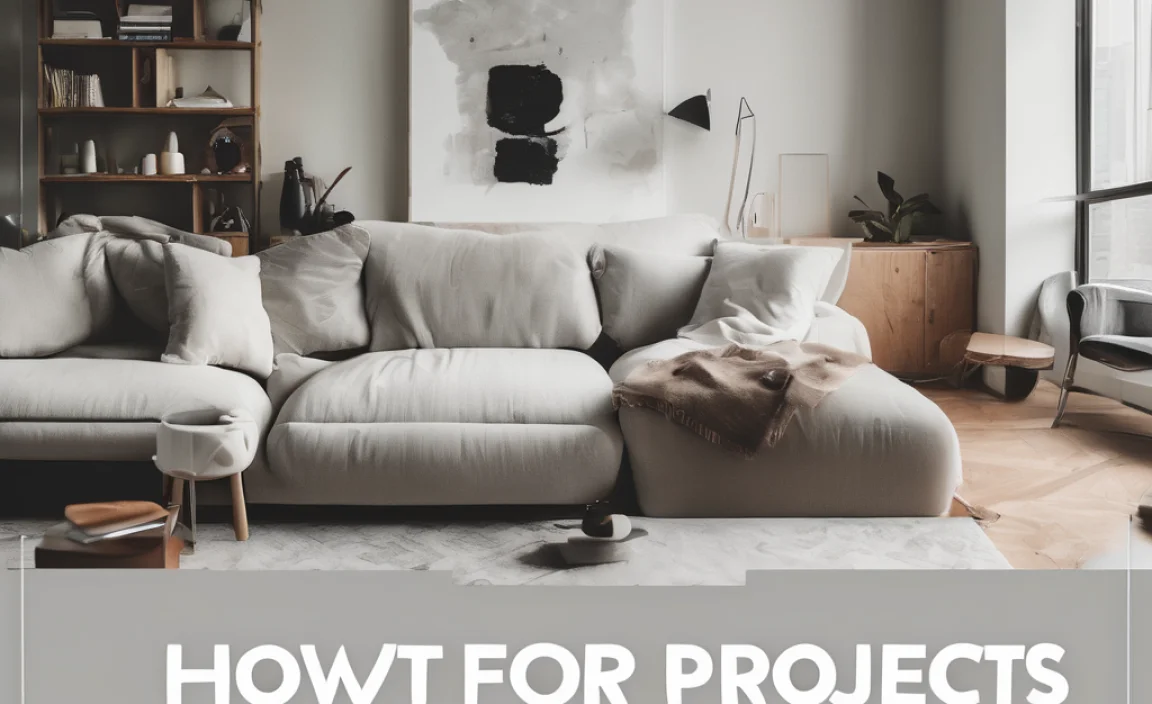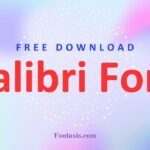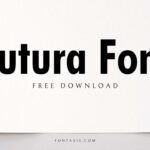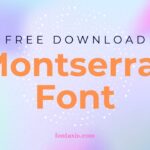The “No Time to Die” font is a stunning example of a custom theatrical typeface that adds a unique, sophisticated touch to film branding. It’s a distinctive serif font that captures the espionage and globe-trotting adventure of James Bond, making it a proven gem for impactful visual identity.
Ever scrolled through movie posters or watched a trailer and stopped to admire the cool lettering? The “No Time to Die” font is one of those standouts. It has a classic feel but with a modern edge that perfectly suits the James Bond universe.
If you’ve been on the hunt for a font that offers both elegance and a touch of mystery, you’re in the right place. Many people get stuck trying to find that perfect typeface that speaks volumes without saying a word. Don’t worry, we’ll break down what makes this font so special and how you can use its vibe in your own designs.
The Allure of the “No Time to Die” Font: More Than Just Letters
The world of typography is vast, but some fonts just have a way of grabbing our attention. The font used for “No Time to Die” is no exception. It’s not just any font; it’s a carefully crafted piece of art designed to convey a specific mood and feeling. Its presence on posters and promotional materials for the film instills a sense of drama, sophistication, and adventure.
When we talk about a font being a “proven gem,” we mean it has a track record of success and a quality that resonates. For “No Time to Die,” this gem status comes from its ability to embody the enduring legacy of James Bond. It’s a font that feels both timeless and contemporary, a difficult balance to strike.
Unpacking the Design: What Makes It Special?
So, what are the specific design elements that make the “No Time to Die” font so captivating? Let’s take a closer look:
- Serif Elegance: The most prominent feature is its serif classification. Serif fonts have small decorative strokes (serifs) at the end of larger strokes in letters. These serifs often lend a sense of tradition, authority, and readability, especially in longer texts.
- Sharp and Defined Strokes: The letterforms are sharp and well-defined, avoiding any softness or fuzziness. This contributes to a clean, crisp, and modern appearance.
- Subtle Contrasts: While not an extreme high-contrast font, there’s a noticeable variation in the thickness of strokes. This creates visual interest and helps guide the eye.
- Angular Yet Balanced: Many of the serifs and terminals (the end of a stroke) have a subtly angular quality. However, this sharpness is balanced with overall legibility, ensuring it doesn’t become overly decorative or difficult to read.
- A Touch of Grandeur: The proportions and spacing of the letters evoke a sense of premium quality and importance, fitting perfectly with the glamorous and high-stakes world of 007.
Think of it like a perfectly tailored suit – it’s sharp, sophisticated, and commands attention without being loud. This font achieves that with its letterforms.
Finding the “No Time to Die” Font: The Real Deal vs. Alternatives
This is where things get a bit nuanced. The exact font used for the “No Time to Die” title treatment is often a custom-designed typeface, or a heavily modified version of an existing font. This is common in major film productions to ensure a unique and specific brand identity.
However, the good news for designers and enthusiasts is that there are many excellent fonts that share similar characteristics. These alternatives can help you capture the essence of the “No Time to Die” font in your own projects.
What Kind of Font is It? (Spoiler: It’s not a standard one!)
While discussions often point to similar styles, there isn’t a single, readily available font officially named “No Time to Die Font” that you can just download and use. The movie’s title design is a bespoke creation by the film’s graphic design team. This ensures their branding is unique and, well, their own.
However, its design clearly falls into the category of a Modern Serif or a Transitional Serif, with some strong characteristics often found in sans-serif fonts due to its clean lines. It bridges the gap between traditional serif elegance and contemporary boldness.
Exploring Similar Fonts: Gems for Modern Design
If you’re aiming for that sophisticated, impactful vibe, here are some font families that share key characteristics with the “No Time to Die” font and are readily available for your projects:
- Trajan Pro / Trajan Sans: Inspired by inscriptions on the Trajan’s Column in Rome, Trajan is a classic choice for movie titles and a symbol of grandeur. Trajan Pro is a serif, while Trajan Sans offers a clean, sans-serif alternative with similar majestic proportions often seen in cinematic titles. It’s a font that embodies authority and timelessness. You can explore its legacy and usage on type foundries like Adobe Fonts.
- Bodoni / Didot: These are classic high-contrast serif fonts celebrated for their extreme thick and thin strokes and precise, unbracketed serifs. They exude a sense of luxury, fashion, and sharp elegance – very much in the spirit of Bond. Bodoni is particularly known for its modern, almost geometric feel.
- Cinzel: This is a popular open-source font that draws inspiration from Roman inscriptions. It has a strong serif structure with sharp, angular details and a classic, elegant feel. It’s a fantastic free option if you’re looking for that monumental, authoritative look. Check out its details on Google Fonts.
- Playfair Display: A more contemporary serif with high contrast, Playfair Display has a dramatic flair. It’s beautiful for headlines and shorter bursts of text, offering a sophisticated and engaging presence. Its serifs are elegant and perfectly weighted.
- Lust Script: If you’re looking for something slightly softer but still impactful, a well-designed script font can also evoke a sense of personal touch and intrigue, though it’s a departure from the serif. However, for the “No Time to Die” title feel, serifs or sharp sans-serifs are closer.
- Oswald: While a sans-serif, Oswald is known for its condensed, tall, and striking appearance. It has a strong, no-nonsense attitude that can also work for bold titles. Its clean lines and geometric structure offer a modern, impactful alternative.
When choosing an alternative, consider the weight (boldness), width, and the style of the serifs. The “No Time to Die” font has a definite presence – it’s not faint or wispy. It’s bold, clear, and commanding.
Why This Font Style is a “Proven Gem” for Branding
The reason fonts with the characteristics of the “No Time to Die” title are so effective for branding, especially in high-impact sectors like film, luxury, and finance, is deeply rooted in design psychology:
- Conveying Trust and Authority: Serif fonts, especially those with a solid, classic structure, have been used for centuries in books and official documents. This history lends them an air of authenticity, reliability, and authority. For a brand, this translates to trust.
- Evoking Sophistication and Premium Quality: Sharp serifs, balanced stroke contrasts, and careful letter spacing often signal a higher production value. Think of high-end fashion brands, fine art galleries, or classic literature – they often employ typefaces that exude refinement.
- Enhancing Readability (When Used Appropriately): While the “No Time to Die” font is primarily for a title, its underlying principles contribute to readability. The distinct serifs can help guide the eye along the line of text, especially in print or when rendered at larger sizes. For headlines and logos, even sans-serifs with good structure provide clarity.
- Creating a Memorable Visual Identity: A unique and well-chosen font becomes an instant recognizable element of a brand’s identity. The “No Time to Die” font is now intrinsically linked to the film’s identity. For businesses, a distinctive font can make their marketing stand out.
- Timelessness: While trends change, fonts with classic roots and strong structural integrity tend to age gracefully. They can remain relevant for years, avoiding the need for frequent rebranding.
Let’s look at a quick comparison of font styles and their common brand associations. This table highlights how different font types can set a specific tone:
| Font Style | Common Brand Associations | Effectiveness for Impactful Branding |
|---|---|---|
| Modern Serif (like “No Time to Die” inspiration) | Sophistication, Trust, Authority, Legacy, Professionalism, Luxury | Highly effective for instilling confidence and a sense of prestige. Excellent for premium products, financial services, and iconic entertainment franchises. |
| Geometric Sans Serif (e.g., Futura, Montserrat) | Modernity, Clarity, Simplicity, Friendliness, Boldness | Great for tech brands, startups, and modern businesses aiming to appear approachable and forward-thinking. Very readable digitally across various sizes. |
| Humanist Sans Serif (e.g., Open Sans, Lato) | Readability, Approachability, Cleanliness, Warmth, Accessibility | Ideal for blogs, user interfaces, educational content, and any application where ease of reading is paramount. Feels trustworthy and down-to-earth. |
| Slab Serif (e.g., Rockwell, Arvo) | Sturdiness, Reliability, Vintage Charm, Directness, Boldness | Works well for brands wanting to project strength and a retro feel, such as craft breweries, construction companies, or vintage-inspired fashion. |
| Script/Handwritten Font (e.g., Pacifico, Great Vibes) | Personal Touch, Creativity, Elegance, Whimsy, Craftsmanship | Best for artisanal products, wedding invitations, personal brands, or creative agencies. Use sparingly for maximum impact, as overuse can harm readability. |
The “No Time to Die” font successfully taps into the ‘Modern Serif’ category, offering a powerful blend of established trust and contemporary flair. This makes it a fantastic reference point for any project aiming for that elevated, confident, and memorable aesthetic.
Applying the “No Time to Die” Vibe in Your Designs
Now that you understand the essence of the “No Time to Die” font, how can you bring that powerful, sophisticated energy into your own creative work?
For Graphic Designers and Web Designers
Logos: If your brand aims for a high-end, trustworthy, or legacy feel, consider a modern serif or a sharp, well-proportioned sans-serif for your logo. Think about the structure and the serifs (or lack thereof). A carefully selected font can instantly communicate your brand’s essence.
Website Headers: Use fonts with strong presence for your main website headings. They can immediately set the tone for the page and guide visitors to key information. For example, if you have a portfolio, a strong serif for your name or project titles can make a statement.
Marketing Materials: Posters, flyers, brochures, and social media graphics can all benefit from a font that commands attention. Whether it’s a movie premiere, a product launch, or a special event, a font like the “No Time to Die” style can add that touch of class and excitement.
Pairing Fonts: When using a bold display font like the ones inspired by “No Time to Die” for headlines, pair it with a highly readable sans-serif or a simpler serif for body text. This ensures contrast and legibility.
- Headline Font: Bold, impactful, with distinct serifs or strong geometric structure (e.g., Cinzel, Playfair Display Bold, Trajan Pro).
- Body Text Font: Clean, legible, and unobtrusive (e.g., Open Sans, Lato, Roboto, or a lighter weight of a serif like Georgia).
For Bloggers and Business Owners
Blog Post Titles: Make your blog posts irresistible with captivating title fonts. If your blog covers topics like luxury travel, classic literature, business strategy, or personal finance, a sophisticated serif can draw readers in.
Branding Elements: Think about your business cards, email signatures, and website banners. A consistent, well-chosen font for these elements builds brand recognition and professionalism.
Visual Storytelling: If your content aims to tell a story that’s dramatic, adventurous, or aspirational, the right font can amplify that narrative visually. It’s about setting the mood before the reader even dives into your text.
Tips for Choosing and Using Fonts Like This
- Consider the Context: Where will this font be used? For a movie poster, it needs maximum impact. For a website’s body text, readability is key.
- Don’t Overuse: A font with this much personality is often best saved for headlines, titles, or key branding elements. Too much can be overwhelming.
- Check Licensing: If you’re using fonts for commercial purposes, always ensure you have the correct license. Many fonts are available through subscription services like Adobe Fonts or can be purchased from font retailers. Google Fonts offers a great selection of free, open-source options.
- Hierarchy is Your Friend: Use different font weights, sizes, and styles to create a clear visual hierarchy. This helps your audience scan and absorb information effectively.
The Creative Process: From Script to Screen (and Beyond)
The creation of a film’s title sequence and promotional materials is a fascinating journey. Graphic designers often work collaboratively with directors and marketing teams to translate the film’s themes, tone, and story into a cohesive visual identity.
For a film like “No Time to Die,” the font is not just a choice; it’s a strategic decision. It needs to:
- Reflect the Character: James Bond is sophisticated, agile, and often faces danger. The font needs to suggest these qualities – sharp, refined, yet resilient.
- Embody the Genre: Spy thrillers often carry an inherent sense of mystery, grandeur, and suspense. The typography plays a crucial role in establishing this atmosphere.
- Stand Out: In a crowded marketplace of movie posters, the title treatment must be immediately recognizable and intriguing.
This rigorous creative process is why finding an exact match can be challenging, but it also highlights the value of well-crafted typography. The careful consideration that goes into a film’s visual branding can provide incredible inspiration for your own design projects.
FAQs
Q1: Is the “No Time to Die” font a free font I can download?
A1: No, the specific font used for the “No Time to Die” movie title is a custom-designed typeface created for the film. It is not available for public download or use.
Q2: What kind of font style is the “No Time to Die” font?
A2: It’s best described as a modern serif or transitional serif font. It features sharp serifs, significant contrast between thick and thin strokes, and elegant, well-defined letterforms.
Q3: What are some good alternatives to the “No Time to Die” font for my own projects?
A3: Excellent alternatives that capture a similar feel include Trajan Pro, Bodoni, Cinzel, Playfair Display, and certain clean, strong sans-serifs like Oswald for a bolder take. Font recommendations can be found in the “Exploring Similar Fonts” section of this article.
Q4: Where can I find high-quality fonts for professional design work?
A4: Reputable sources for professional fonts include Adobe Fonts (often included with Creative Cloud subscriptions), Google Fonts (for free, open-source options), and various font marketplaces like MyFonts, Fontspring, and Creative Market.
Q5: How can I use a bold serif font like the “No Time to Die” style in my website design?
A5: Use it sparingly for headlines, subheadings, or key calls to action to make them stand out. Pair it with a highly readable sans-serif font for the main body text to ensure good contrast and readability.
Q6: What makes a font a “proven gem” in design?
A6: A “proven gem” font is one that has demonstrated timeless appeal, excellent readability, strong aesthetic qualities, and versatility across various applications. It often has a distinguished history or a unique design that makes it highly effective and memorable for branding or communication.

